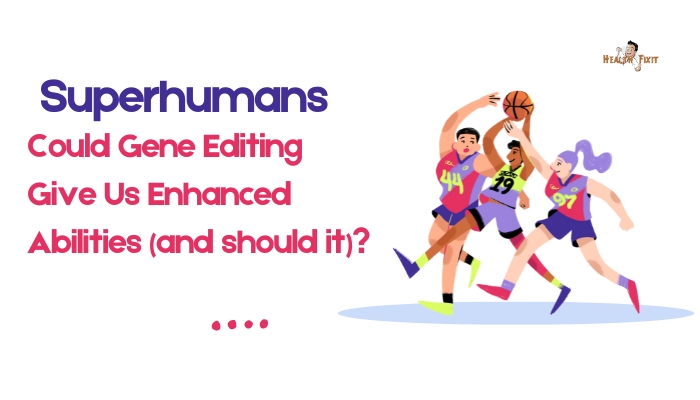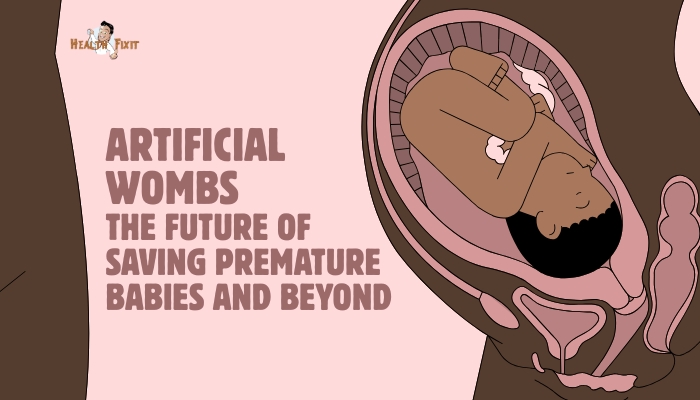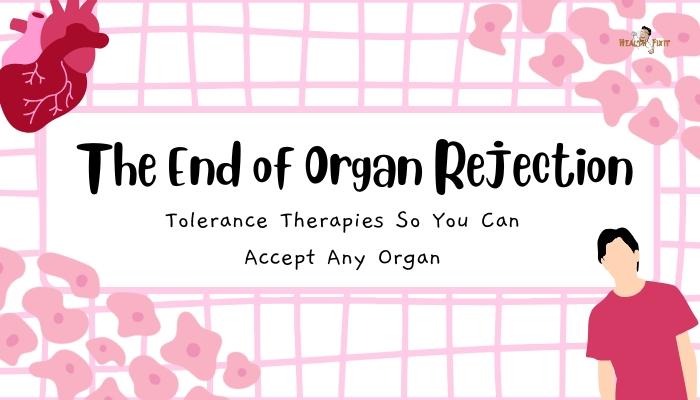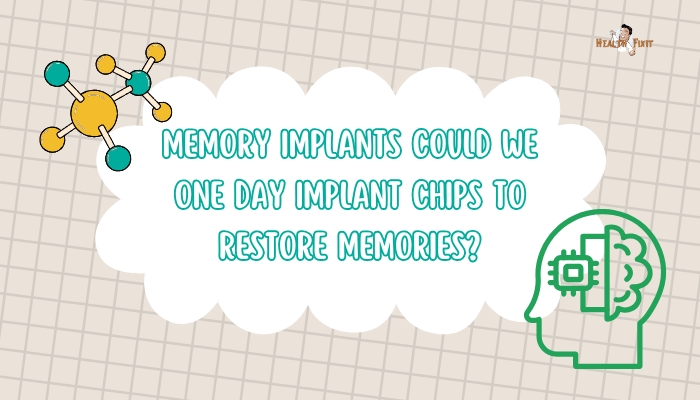Introduction
Major depressive disorder affects millions worldwide, and many patients do not respond fully to conventional medications or therapy. Now
brain implants—specifically devices that deliver targeted electrical stimulation—are emerging as a new frontier in treating severe, treatment-resistant depression.
This approach harnesses advanced brain–computer interfaces and real-time neural monitoring to modulate dysfunctional circuits,
potentially alleviating depressive symptoms when conventional interventions fail. While the technology remains experimental,
early clinical trials show promise, igniting optimism that a “chip” in the brain might one day help cure or significantly relieve mental illness.
This article examines the science behind brain implants for depression, the regions targeted, clinical results so far, potential risks,
and the future outlook. From a purely hypothetical concept decades ago, neural stimulation for psychiatric disorders has steadily gained real-world traction, signaling a shift in how we approach intractable mood conditions.
Why Brain Implants for Depression?
Limitations of Existing Treatments
- Medication-Resistant Cases
- Up to 30% of patients with major depression do not achieve adequate relief from antidepressants, psychotherapy, or electroconvulsive therapy (ECT).
- Up to 30% of patients with major depression do not achieve adequate relief from antidepressants, psychotherapy, or electroconvulsive therapy (ECT).
- Side Effects
- Some experience intolerable medication side effects (weight gain, sexual dysfunction, sedation) or ECT’s cognitive impacts.
- Some experience intolerable medication side effects (weight gain, sexual dysfunction, sedation) or ECT’s cognitive impacts.
- Deep-Rooted Neurocircuitry
- Chronic depression often involves persistent changes in brain networks. Surface-level interventions sometimes fall short of rebalancing these deeply ingrained patterns.
- Chronic depression often involves persistent changes in brain networks. Surface-level interventions sometimes fall short of rebalancing these deeply ingrained patterns.
Targeting Dysfunctional Circuits
Depression is not localized to a single “depression center”; rather, it arises from abnormal interactions among frontal cortex
, limbic structures, and other regions. By implanting electrodes in specific neural circuits, doctors can deliver finely tuned electrical pulses to restore more normal activity. This approach, known as deep brain stimulation (DBS),
has also been used for movement disorders like Parkinson’s disease, demonstrating the principle that well-placed stimulation can help correct pathological firing patterns.
How Brain Implants Work
Deep Brain Stimulation (DBS)
DBS typically involves:
- Implanting Electrodes
- Neurosurgeons place thin electrodes into targeted brain areas (for depression, often the subcallosal cingulate, ventral capsule/ventral striatum, or other structures).
- Neurosurgeons place thin electrodes into targeted brain areas (for depression, often the subcallosal cingulate, ventral capsule/ventral striatum, or other structures).
- Pulse Generator
- A small device (similar to a pacemaker) is implanted under the skin (often in the chest). Wires connect it to the brain leads.
- A small device (similar to a pacemaker) is implanted under the skin (often in the chest). Wires connect it to the brain leads.
- Electrical Stimulation
- The device sends pulses at adjustable voltages and frequencies. Clinicians tune these parameters to optimize mood improvements while minimizing side effects.
- The device sends pulses at adjustable voltages and frequencies. Clinicians tune these parameters to optimize mood improvements while minimizing side effects.
Adaptive or Closed-Loop Systems
In newer “closed-loop” or adaptive DBS approaches, sensors track the patient’s neural activity in real time. If the device detects patterns linked to depressive episodes
, it automatically adjusts stimulation intensity. This personalization can be crucial for conditions where symptom severity fluctuates.
Brain Regions Targeted
Subcallosal Cingulate (SCC)
One of the earliest depression DBS targets, the subcallosal cingulate (Brodmann area 25), is strongly associated with mood regulation.
Studies show hyperactivity here correlates with severe depression. DBS can lower this hyperactivity, correlating with improved mood in some patients.
Ventral Striatum/Ventral Capsule
Another site is the ventral capsule/ventral striatum region—part of the brain’s reward circuit. Stimulation modulates how the brain processes reward and motivation, often disrupted in depression.
Lateral Habenula or Medial Forebrain Bundle
Some investigations explore the habenula, implicated in negative reward signals, or the medial forebrain bundle, a key pathway for reward and motivation.
Early-phase trials yield varied results, but these sites underscore that depression emerges from multiple interconnected networks.
Clinical Evidence and Trials
Early Success and Disappointments
Initial small-scale trials of DBS for treatment-resistant depression reported encouraging response rates—some patients saw dramatic
mood improvements after failing numerous medications. However, a larger, industry-funded trial paused in 2013 due to lack of statistically significant benefit in an interim analysis
. Critics argued the trial’s design might have been too rigid or included heterogeneous patients.
Refinement and Renewed Efforts
Subsequent smaller studies and case series underscore that a subset of individuals do achieve lasting relief with DBS. Researchers now refine patient selection,
targeting, and stimulation protocols. Some approaches incorporate advanced imaging and personalized connectivity analyses to identify ideal electrode placement for each patient’s unique brain wiring.
Personalized Neuromodulation
Recent breakthroughs with closed-loop systems highlight the potential for real-time adaptation. A 2021 case report described a patient whose device tracked a specific biomarker of impending depressive symptoms in the amygdala,
then stimulated the ventral capsule to abort the symptom spike. The patient reported marked, sustained improvement. Though a single case, it exemplifies how personalized brain stimulation might drive the future of psychiatric neuromodulation.
Benefits, Risks, and Ethical Concerns
Potential Benefits
- Relief for the Hardest Cases: DBS offers hope for those with severe, treatment-resistant depression, where all else has failed.
- Better Quality of Life: Some see dramatic mood stabilization and can resume normal activities.
- Less Systemic Side Effects: Unlike medications, direct brain stimulation spares the rest of the body from widespread drug effects.
Potential Risks
- Surgical Complications: DBS requires intracranial electrode placement, posing infection, hemorrhage, or device malfunction risks.
- Neuropsychiatric Effects: Stimulating or turning off certain regions might cause changes in personality, mania, or apathy if miscalibrated.
- Hardware Maintenance: Battery replacements or device failures necessitate follow-up surgeries.
- Stigma and Identity: Some worry about “authenticity” of an implanted mood—whether changes reflect true personality or an artificial manipulation.
Ethical Debates
- Autonomy: If a device can shape emotional states, does it threaten the patient’s free will?
- Access: The cost is high, limiting availability to those who can afford it or have robust insurance.
- Enhancement vs. Therapy: The technology might cross from treating severe illness to “improving” normal moods, prompting philosophical questions about self and authenticity.
Future Outlook
Improved Targeting with Biomarkers
Neuroimaging advances let psychiatrists pinpoint each individual’s unique “depression network.” This specificity fosters better outcomes by placing electrodes exactly where they can modulate pathological circuits.
Genetic or EEG-based biomarkers may also guide initial selection of who is most likely to respond to DBS.
Noninvasive Brain Stimulation
Although a chip implant is the most direct approach, some labs research less invasive methods—like focused ultrasound or transcranial magnetic stimulation (TMS) with advanced targeting
If refined, these may partially replicate DBS benefits without brain surgery, albeit often with milder effects.
Partnerships with AI
Machine learning can help decode patterns of neural activity associated with depression in real time. This synergy might yield more adaptive closed-loop systems, automatically adjusting stimulation to patient state changes
. Over the longer term, robust “digital psychiatrists” embedded in neural implants may continuously optimize therapy.
Practical Guidance for Patients and Providers
- Consideration for DBS: Typically reserved for severe, treatment-resistant depression—patients who have tried multiple medication classes and therapy modalities.
- Consult Specialized Centers: Not all neurosurgical or psychiatric units provide depression DBS. Leading research hospitals or specialized clinics might offer trials or off-label use.
- Risks vs. Benefits: A thorough discussion with a multidisciplinary team (psychiatrist, neurosurgeon, psychologist) is essential to assess suitability.
- Long-Term Commitment: Post-surgical follow-ups for device adjustments, mental health monitoring, and battery checks are ongoing. Some programming or parameter changes might be needed over time.
Conclusion
Brain implants for depression are no longer science fiction—pioneering trials show that deep brain stimulation can alleviate treatment-resistant mood disorders, at least in some patients. By precisely modulating the neural circuits underlying mood regulation, these implantable chips offer renewed hope where standard therapies fail. Nonetheless, the complexity of depression, the invasiveness of surgery,
and the ethical intricacies remain significant. Continued research aims to refine patient selection, streamline surgical procedures, incorporate adaptive algorithms, and further validate efficacy.
If these efforts succeed, we may see a future where mood disorders are managed with targeted “neural resets,” providing stable relief to individuals once trapped by severe depression.
But balancing the tremendous potential with concerns about identity, equity, and unintended consequences will shape the responsible evolution of this cutting-edge therapy.
References
- Mayberg HS, Lozano AM, Voon V, et al. Deep brain stimulation for treatment-resistant depression. Neuron. 2005;45(5):651–660.
- Holtzheimer PE, Mayberg HS. Deep brain stimulation for psychiatric disorders. Annu Rev Neurosci. 2011;34:289–307.
- Dougherty DD, Rezai AR, Carpenter LL, et al. A randomized sham-controlled trial of deep brain stimulation of the ventral capsule/ventral striatum for chronic treatment-resistant depression. Biol Psychiatry. 2015;78(4):240–248.
- Lozano AM, Giacobbe P, Hamani C, et al. A multicenter pilot study of subcallosal cingulate area deep brain stimulation for treatment-resistant depression. J Neurosurg. 2012;116(2):315–322.
- Scangos KW, Makinson CD, Suminski AJ, et al. Closed-loop neuromodulation in an individual with treatment-resistant depression. Nat Med. 2021;27(10):1696–1700.
- Malone DA Jr, Dougherty DD, Rezai AR, et al. Deep brain stimulation for treatment-resistant depression. JAMA. 2009;301(19):2131–2144.
- Morishita T, Fayad SM, Higuchi MA, Nestor KA, Foote KD. Deep brain stimulation for treatment-resistant depression: systematic review of clinical outcomes. Neurotherapeutics. 2014;11(3):475–484.
- Sani S, Abd-El-Barr M, Lafrance-Corey RG, et al. Deep brain stimulation in psychiatric disorders. Neurosurg Clin N Am. 2019;30(2):187–197.
- Crowell AL, et al. Long-term outcomes of subcallosal cingulate deep brain stimulation for treatment-resistant depression. Am J Psychiatry. 2019;176(11):949–956.
- Fenoy AJ, et al. Deep brain stimulation of the medial forebrain bundle for treatment-resistant depression: a pilot trial. Neuropsychopharmacology. 2018;43(8):1737–1744.







